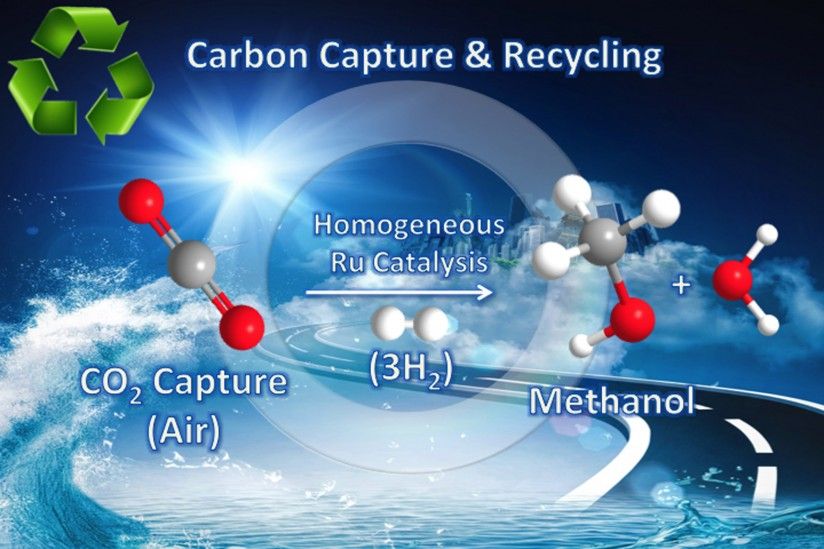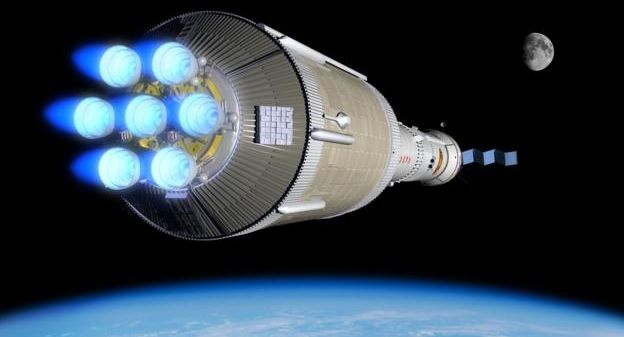All they need to do is also make it capture wind energy…
Porsche defrays its luddite position on driverless vehicles with an impressive solar array that will power the Berlin-Adlershof Porsche center from 2017.
All they need to do is also make it capture wind energy…
Porsche defrays its luddite position on driverless vehicles with an impressive solar array that will power the Berlin-Adlershof Porsche center from 2017.

A few years ago, my friend and I were brainstorming on some NextGen Technologies to look at for investment purposes. And, he suggested Polymer Coating. And, was he ever right. Google and others are using it for screen imaging on Lens, etc. Love this stuff.
Researchers at the National Institute of Standards and Technology (NIST) have combined advanced nanometer-scale gratings and a Space Age-era thin-film polymer, to invent a novel technology. This technology can be used to fabricate routers and switches for optical signals, energy-efficient full-color video displays, and smart windows and coatings.

Convert carbon dioxide from air (at low temp) to methanol fuel — why not!
Researchers at the University of Southern California (USC) Loker Hydrocarbon Research Institute have created fuel out of thin air — directly converting carbon dioxide from air into methanol at relatively low temperatures for the first time. While methanol can’t currently compete with oil, it will be there when we run out of oil, the researchers note.
The researchers bubbled air through an aqueous solution of pentaethylenehexamine (PEHA), adding a Ru-Macho-BH ruthenium catalyst to encourage hydrogen to latch onto the CO2 under pressure. They then heated the solution, converting 79 percent of the CO2 into methanol.
Though mixed with water, the resulting methanol can be easily distilled, said G.K. Surya Prakash, professor of chemistry and director of the Loker Hydrocarbon Research Institute.
http://www.transcendencemovie.com/
Dr. Will Caster: “For 130,000 years, our capacity for reason has remained unchanged. The combined intellect of the neuroscientists, engineers, mathematicians and hackers in this auditorium pales in comparison to even the most basic AI. Once online, a sentient machine will quickly overcome the limits of biology. And in a short time, its analytical power will be greater than the collective intelligence of every person born in the history of the world. So now imagine such an entity with the full range of human emotion. Even self-awareness. Some scientists refer to this as ‘the Singularity’. I call it ’Transcendence’. The path to building such a super-intelligence requires us to unlock the most fundamental secrets of the universe. What is the nature of consciousness? Is there a soul? And if so, where does it reside?”
Luddite: “Dr. Caster.”
Dr. Will Caster: “Yes, sir? You have a question?”
Luddite: “So you want to create a God? Your own God?”
Dr. Will Caster: “That’s a very good question. Um… Isn’t that what man has always done?”
Every time we have a step forward with Quantum for industries like technology, wireless & telecom, manufacturing, energy, etc.; we also gain a steps for healthcare in so many ways such as Q-DOTs eradicating super Bug Viruses, Brain Mind Interface capabilities, implants, etc. Why I luv Quantum so much.
Emergent phenomena are common in condensed matter. Their study now extends beyond strongly correlated electron systems, giving rise to the broader concept of quantum materials.
Microsoft has a radical plan to change the way we power content on the internet. And it involves installing data centers in the ocean.
Microsoft Research.
We use data centers for just about everything we see on the web: websites, images, videos, and software are all powered by servers that can both store and ship tons of data in mere seconds.

The missions that will last decades or longer will need a new generation of power sources, writes Peter Ray Allison.
This 15 foot Tesla Coil creates sparks of up to 26 feet and runs up to 55,000 watts in Oklahoma.
“That electrical energy can be economically transmitted without wires to any terrestrial distance, with a loss not exceeding a small fraction of one percent in the transmission, even to the greatest distance, 12,000 miles – to the opposite end of the globe.”

Luv the whole beautiful picture of a Big Data Quantum Computing Cloud. And, we’re definitely going to need it for all of our data demands and performance demands when you layer in the future of AI (including robotics), wearables, our ongoing convergence to singularity with nanobots and other BMI technologies. Why we could easily exceed $4.6 bil by 2021.
From gene mapping to space exploration, humanity continues to generate ever-larger sets of data—far more information than people can actually process, manage, or understand.
Machine learning systems can help researchers deal with this ever-growing flood of information. Some of the most powerful of these analytical tools are based on a strange branch of geometry called topology, which deals with properties that stay the same even when something is bent and stretched every which way.
Such topological systems are especially useful for analyzing the connections in complex networks, such as the internal wiring of the brain, the U.S. power grid, or the global interconnections of the Internet. But even with the most powerful modern supercomputers, such problems remain daunting and impractical to solve. Now, a new approach that would use quantum computers to streamline these problems has been developed by researchers at MIT, the University of Waterloo, and the University of Southern California…

Interesting
Scientists have implanted a wireless device the size of a peppercorn inside mice to stimulate nerves.
The technique combines optogenetics—using light to control the activity of the brain—with a newly developed method for wirelessly powering implanted devices. It’s described in a paper published in Nature Methods.
“This is a new way of delivering wireless power for optogenetics,” says Ada Poon, an assistant professor of electrical engineering at Stanford University. “It’s much smaller and the mouse can move around during an experiment.”